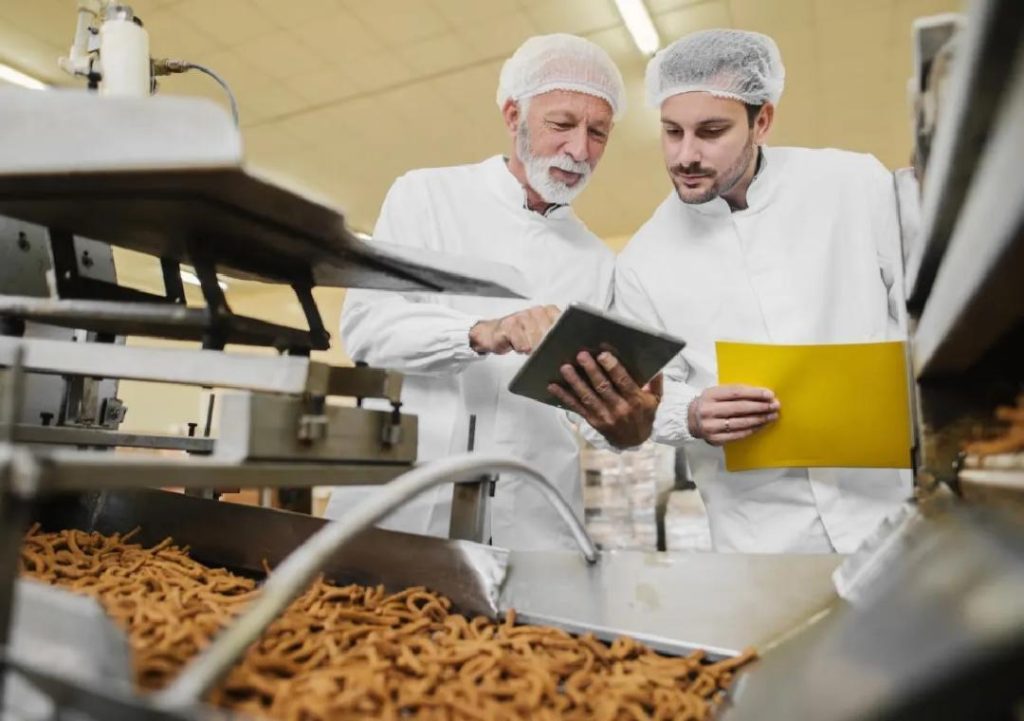
Can P&L Optimisation Redefine Success in Food Technology?
The food technology industry has undergone significant transformations in recent years, driven by the increasing demand for convenient, healthy, and sustainable food options. Amidst this growth, companies are struggling to maintain profitability while staying competitive in the market. One key area that can help food tech businesses achieve this goal is P&L optimisation.
Profit and Loss (P&L) operations refer to the process of managing a company’s financial performance by monitoring and controlling income and expenses. In the past, P&L operations were often manual, time-consuming, and prone to errors. However, with the advent of automation, smart inventory systems, and data analytics, food technology companies can now streamline their P&L operations, leading to improved profitability.
In this blog post, we will explore the importance of P&L optimisation in the food technology industry, its benefits, and how companies can adopt scalable models to boost margins, ensure sustainable growth, and stay competitive.
The Challenges of P&L Operations in Food Technology
Food technology companies face unique challenges in managing their P&L operations. The industry is characterised by high inventory turnover rates, complex supply chains, and fluctuating demand patterns. These factors can lead to difficulties in forecasting demand, managing inventory levels, and controlling costs.
Additionally, food technology companies often have to contend with food waste, which can have significant financial and environmental implications. According to the United Nations Food and Agriculture Organization (FAO), one-third of all food produced globally is lost or wasted. This not only affects the company’s bottom line but also contributes to greenhouse gas emissions and environmental degradation.
Benefits of P&L Optimisation in Food Technology
So, how can P&L optimisation help food technology companies overcome these challenges and achieve success? The benefits of P&L optimisation in the food technology industry are numerous:
- Improved Demand Forecasting: By leveraging data analytics and machine learning algorithms, food technology companies can better predict demand patterns, reducing inventory waste and improving supply chain efficiency.
- Reduced Food Waste: P&L optimisation can help companies identify areas where food waste is occurring and implement strategies to reduce waste, such as implementing “first-in, first-out” inventory management systems.
- Enhanced Supply Chain Visibility: Automation and smart inventory systems provide real-time visibility into supply chain operations, enabling companies to quickly respond to disruptions and optimise inventory levels.
- Better Decision-Making: P&L optimisation provides companies with data-driven insights, enabling them to make informed decisions about pricing, production, and inventory management.
- Increased Profitability: By reducing waste, improving supply chain efficiency, and making better decisions, food technology companies can increase their profitability and achieve sustainable growth.
How Food Technology Companies Can Adopt Scalable Models
So, how can food technology companies adopt scalable models to achieve P&L optimisation? Here are some best practices:
- Implement Automation: Automation can streamline P&L operations, reducing manual errors and improving efficiency. Companies can use automation tools to manage inventory, track orders, and process payments.
- Invest in Data Analytics: Data analytics is critical to P&L optimisation. Companies should invest in data analytics tools that can provide real-time insights into their operations, enabling them to make informed decisions.
- Develop a Scalable Business Model: A scalable business model should be designed to adapt to changing market conditions and customer needs. Companies should focus on building a flexible and agile business model that can respond quickly to changing circumstances.
- Foster a Culture of Continuous Improvement: P&L optimisation is an ongoing process that requires continuous improvement. Companies should foster a culture of continuous improvement, encouraging employees to identify areas for improvement and implement changes.
Conclusion
P&L optimisation is a critical component of success in the food technology industry. By streamlining P&L operations, food technology companies can reduce waste, improve supply chain efficiency, and make better decisions. By adopting scalable models, companies can increase profitability, achieve sustainable growth, and stay competitive in the industry.
In conclusion, P&L optimisation is not just a financial exercise; it is a critical component of a company’s overall strategy for success. By embracing P&L optimisation, food technology companies can redefine success and achieve long-term sustainability in the industry.
News Source:
https://www.growthjockey.com/blogs/p-and-l-operations-in-food-tech






